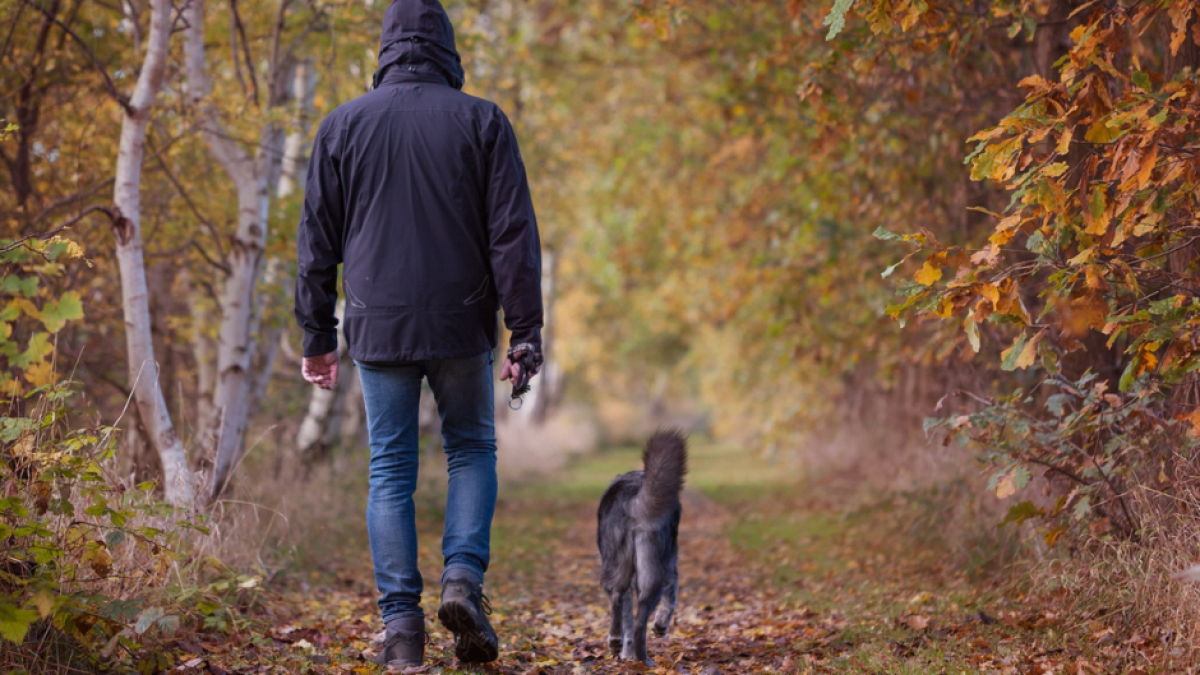The Ultimate Guide to Loose Lead Walking

Learn the best tips for loose lead walking and how to stop your dog from pulling on the lead
The Ultimate Guide to Loose Lead Walking
Loose lead walking starts with you! Your confidence, preparation, and approach make all the difference in creating calm, enjoyable walks for both you and your dog. Here’s how to set you both up for success:
🐾 The Lead is a Seatbelt, Not a Steering Wheel
Think of the lead as a safety device, not a tool for control. Avoid pulling or steering your dog—this only creates tension. Instead, use your body to guide their movement by walking in the direction you want them to go. Let the lead out as you move and keep the walk relaxed.
🐾 The Power of Influence
Handlers have a huge impact on how their dogs behave on the lead. Pulling or yanking can:
- Harm your dog’s delicate neck area.
- Create fear and damage their trust in you.
- Cause frustration and encourage pulling harder (similar to how police build drive in working dogs!).
- Lead to negative associations with what’s in their environment (e.g., dogs or people).
Instead, focus on calm, clear communication. Remember, I might love cream cakes, but if someone yanked on a rope around my neck every time I saw one, I’d soon go off cream cakes entirely!
🐾 The Right Lead and the Freedom It Brings
A lead that’s at least 6 feet long is essential. For more freedom, consider a long line (up to 5 meters if you're new to long lines). A longer lead allows your dog to move naturally, explore, and make choices while reducing frustration and fostering confidence. However, manage it carefully—don’t let it pool on the ground to avoid tangles, and use two hands: one to hold steady, the other to gather slack.
🐾 Lead Handling Skills: A Game Changer
One of the first things we focus on in training is your lead-handling skills. Why? Because getting this right can be an instant game changer for both you and your dog. Proper handling prevents tangles, frustration, and tension, making communication smoother and walks more enjoyable.
🐾 Let Your Dog Watch the World
Walks aren’t just about getting from point A to point B—they’re about exploration and confidence-building. Let your dog stop and observe their surroundings. When they glance back at you or make even the smallest movement towards you, seize the moment! Call them over and reward their focus to reinforce that connection.
🐾 Equip Yourself for Success
Be prepared with the right gear:
- Sailing or cycling gloves: Improve grip and prevent rope burns—here’s a great pair I recommend.
- A grippy long line: Better control and smoother handling—check this make out. (Use coupon code SNIFFER to enjoy 10% off)
- Secure, grippy footwear: Keep yourself safe on uneven or slippery ground.
🐾 It’s About Teamwork, Not Perfection
Loose lead walking takes patience and practice. Celebrate small wins, and remember that every walk is an opportunity to strengthen your bond with your dog.
🐾 Why Flexi/Extendable Leads Don’t Work
Flexi leads create constant tension, encouraging your dog to pull against it just to extend the lead further. This tension not only conflicts with loose lead walking principles but also causes frustration and discomfort, making your dog more likely to pull. Worse, it can lead to negative associations with their surroundings. A fixed-length lead or long line is a far better option, giving your dog freedom without the drawbacks of constant tension.
Ready to transform your walks? Start tour training journey with us —together, we’ll help your dog love walking by your side! 🐶✨
Categories: : Loose Lead Walking, Reactivity, Welfare
 Joanne Smith
Joanne Smith 